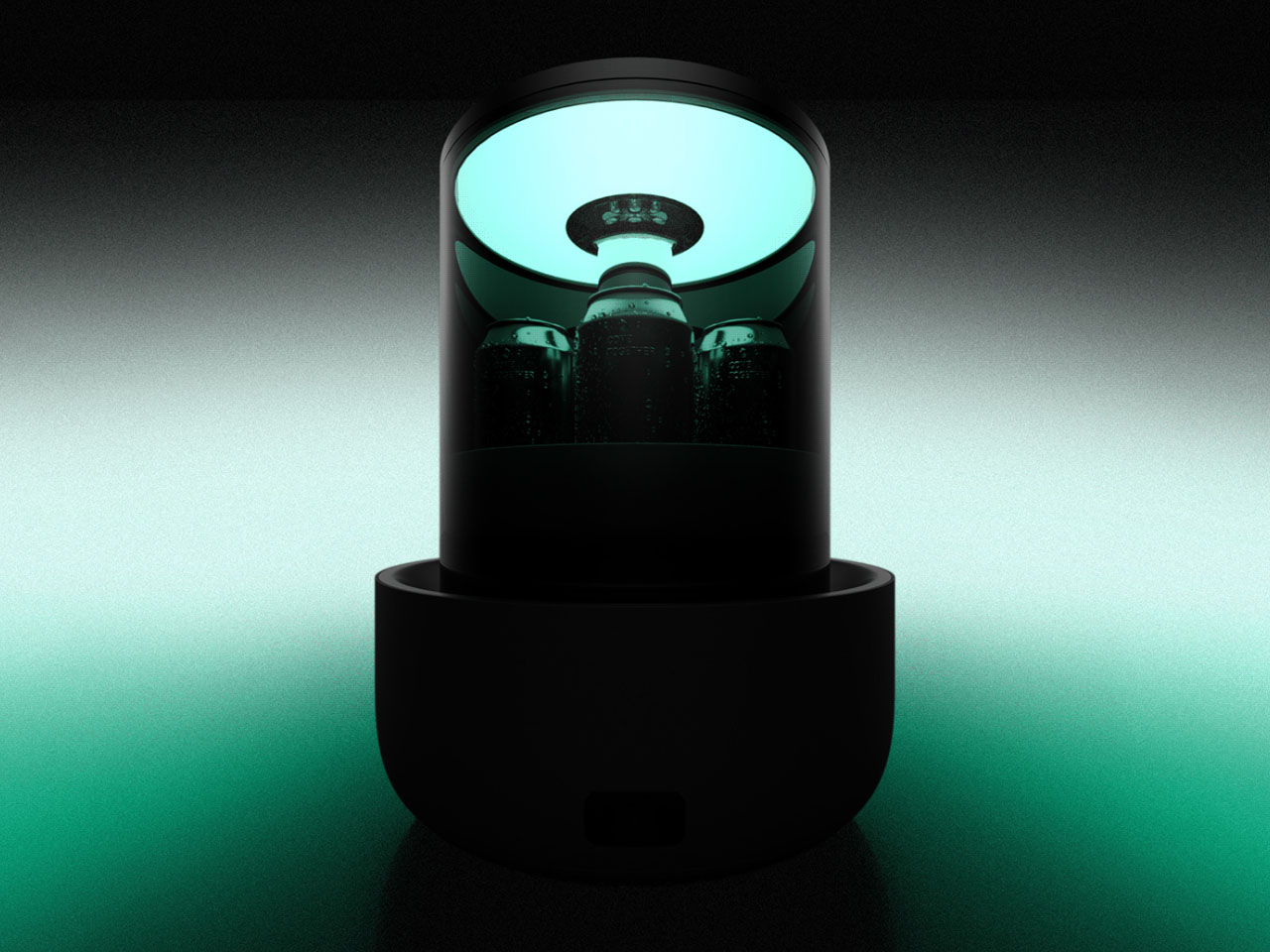
WWW.FASTCOMPANY.COM
How an L.A. community of wildfire survivors is getting insurance to pay for contamination testing
All sense of survivors’ guilt was fleeting for those residents whose homes remained standing after wildfires ripped through the Los Angeles area three months ago.Many worried that smoke from the Eaton wildfire that destroyed more than 9,000 structures and killed 18 people may have carried toxins, including lead, asbestos and heavy metals, into their homes. But they struggled to convince their insurers to test their properties to ensure it was safe to return.Nicole Maccalla, a data scientist, said embers burned more than half of her roof, several windows and eaves were damaged, and her house in Altadena was left filled with ash, debris, soot and damaged appliances. She said her insurance adjuster said USAA would pay for contamination testing, but after choosing a company and coming back with the results, her claim was rejected. The adjuster said the company only covered testing in homes with major damage.“Every single item is a battle,” said Maccalla. “It’s denials and appeals and denials and appeals, and you wait weeks and weeks and weeks for responses.”
Crowdsourcing contamination data
Maccalla and others banded together as Eaton Fire Residents Unite, sharing environmental testing data and compiling the results in an online map. Of 81 homes tested so far for lead, all show elevated levels, according to the group.“I’ve already had multiple people reach out and say: ‘Thank you for publishing this map . . . because my insurance company has changed their mind and approved testing,'” said Maccalla, who helped design the data collection to verify results and maintain privacy.Many homeowners paid privately for the testing after their insurance companies refused, revealing gaps in coverage. The group hopes the data will help residents who can’t afford it to convince their insurers to cover testing and remediation.“If I can prove my community is not fit for human habitation then maybe I can show my home won’t be,” said Jane Lawton Potelle, founder of Eaton Fire Residents Unite.It’s not easy to understand how and when it is safe to return home, Lawton Potelle said. The fine print of insurance policies can be frustrating and confusing, and the government has not stepped in to help.The Federal Emergency Management Agency said it has no plans to conduct widespread environmental testing. The Los Angeles County Department of Public Health is tracking environmental testing largely by academic researchers and a handful from government agencies, but most studies assess outdoor contamination.
Toxic air and limited coverage
Reports from other urban wildfires, in which building materials, appliances, cars and more burn at incredibly high temperatures, show increased levels of heavy metals including lead and polycyclic aromatic hydrocarbons (PAHs) such as benzene that are tied to negative health risks. But insurance companies haven’t standardized testing for those contaminants.Home insurance broadly covers fire damage, but there is a growing dispute over what damage must be covered when flames don’t torch the property.California Insurance Commissioner Ricardo Lara released a bulletin in March that put the onus on companies to properly investigate reported smoke damage, saying they cannot deny such claims without investigating thoroughly, including paying for professional testing as warranted. But many residents have been left to fight for coverage anyway.Janet Ruiz, spokesperson for the Insurance Information Institute that represents many major insurance companies, said it’s hard to compare neighbors because every claim is unique due to each home’s physical structure, actual damage and defined insurance coverage limits.“It can vary and insurance companies are sensitive to what the claim is,” Ruiz said. “You have to work with your insurance companies and be reasonable about what may have happened.”Dave Jones, director of the Climate Risk Initiative at University of California, Berkeley, and former state insurance commissioner, said testing should be covered even though some insurance companies disagree.“It’s perfectly reasonable for people to have some kind of environmental test done so that their home is safe and their property is safe,” Jones said. “We’re talking about very catastrophically high temperature fires where all sorts of materials are melted and some of them become toxic.”
State plan struggles
The state’s insurer of last resort, known as the California Fair Access to Insurance Requirements Plan, has been scrutinized for years over how it handles smoke damage claims. A 2017 change to the FAIR Plan limited coverage to “permanent physical changes,” meaning smoke damage must be visible or detectable without lab testing for claims to be approved. State officials said that threshold was too high and illegal, and ordered a change.Dylan Schaffer, an attorney leading a class action lawsuit challenging FAIR Plan’s threshold, said he was surprised private carriers are disputing similar fire damage claims.“The damage is not due to smoke, the damage is contamination from fire,” Schaffer said. “They make it complicated because it saves them money.”Meanwhile, Altadena residents on the FAIR Plan say their claims are still being denied. Jones believes the debate will only end when lawmakers take action.FAIR Plan spokeswoman Hilary McLean declined to comment on the ongoing litigation and individual cases, but said the FAIR Plan pays all covered claims based on the adjusters’ recommendations.“Our policy, like many others, requires direct physical loss for there to be coverage,” McLean said.
Worries over kids’ safety
Lawton Potelle said the first inkling that her house might be toxic came after meeting with her AAA insurance adjuster in the days after the fire. Even though she had worn a mask, her chest still ached and her voice rasped, and she wondered whether her home was safe for her 11-year-old.Stephanie Wilcox said her toddler’s pediatrician recommended testing their home. Her Farmers Insurance policy includes coverage for lead and asbestos in addition to her wildfire coverage, but after multiple denials, she paid out of pocket.“After the initial inspection, (Farmers) had told us remediation would cost about $12,000 and that it would be habitable, like we could move back in tomorrow,” she said. “But now there’s no way.”She plans to ask for a new estimate including lead abatement and other costs, citing the results.Similarly, Zach Bailey asked in late January for contamination testing. The house he shares with his wife and toddler sits in an island of largely spared homes among blocks wiped out by the fire. After months of denials, State Farm agreed to pay for lead and asbestos testing because the remediation company cited federal worker safety regulations.It shouldn’t have been that hard, he said.“It feels like the insurance companies should have a playbook at this point,” he said. “They should have a process to keep people safe because this isn’t the first disaster like this.”
—Claudia Lauer and Sally Ho, Associated Press
0 Comentários
0 Compartilhamentos
59 Visualizações










